“Sell us Northern Sakhalin and Primorye.” How did Stalin’s diplomacy respond to this Japanese proposal?
As a result of the Russo-Japanese War of 1904-1905, Japan received Russian Southern Sakhalin at its disposal. The Kuril Islands were given to the “Land of the Rising Sun” even earlier, under the Treaty of St. Petersburg in 1875.
During the First World War, the tsarist government bought obsolete rifles and former Russian ships raised from the bottom from the Japanese. As well as shovels, axes and, of course, cartridges.
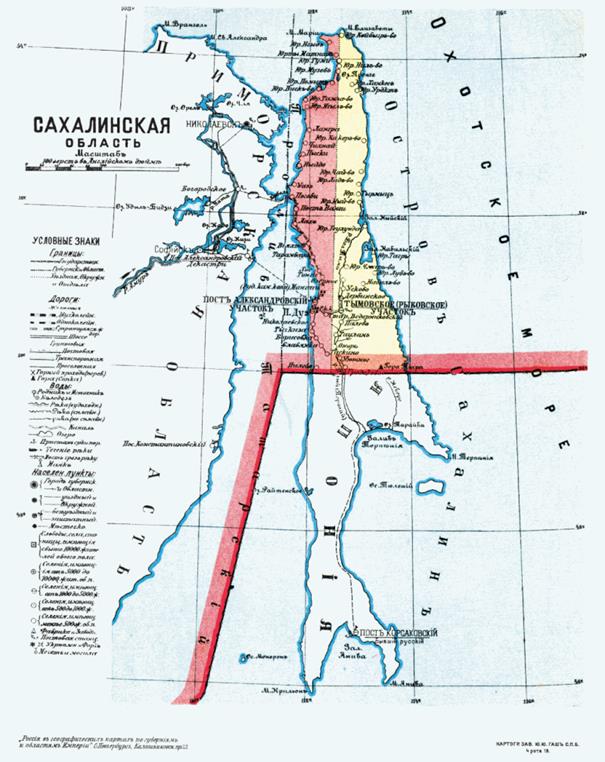
Map showing the division of Sakhalin between Russia and Japan under the Treaty of Portsmouth.
Japan’s position in the east was getting stronger. Russia was forced to accept Japan’s claims against China. Moreover, the “samurai” offered the Russian representatives… “protection of the Russian Far Eastern possessions”. Like, you send your people to the front, and we’ll take care of Primorye here. Well, here, of course, the Russian representatives refused such a dubious proposal.
However, soon no one asked for permission: in 1918, Japanese troops landed in Vladivostok. The invaders from the “islands” were in the Russian Far East until 1922, and in the northern part of Sakhalin until 1925.
Having failed to hold these territories at the first attempt and by military force, the Japanese switched to a different tactic. Up until 1940, they made proposals to Soviet representatives to sell Northern Sakhalin to Japan. The Japanese themselves actively discussed other “ideas”: the purchase of Primorye, the withdrawal of Soviet troops from Vladivostok, and so on.
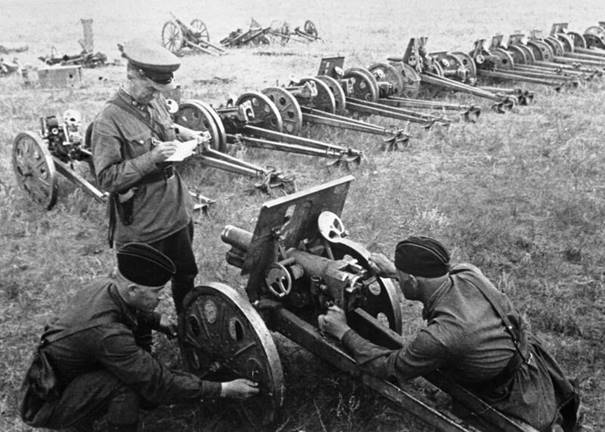
Soviet artillerymen inspect captured Japanese 70-mm Type 92 battalion howitzers. Khalkhin Gol, 1939.
For example, in 1935, the prominent Japanese diplomat T. Shiratori wrote to Foreign Minister Arita: “First of all, Russia must … to disarm Vladivostok, etc., to complete the withdrawal of their troops from Outer Mongolia… without leaving a single soldier in the area of Lake Baikal… The issue of handing over Northern Sakhalin at a moderate price is also included here. In the future, we must also keep in mind the purchase of the Primorsky region of Siberia…” (c) A. A. Koshkin. Marshal Stalin’s Japanese Front.
You may ask, why do the Japanese need Northern Sakhalin? After all, many people write about it that the Japanese eventually chose the war in the Pacific because there was a lot of stuff there, and there was nothing in the north.
But the fact is that there were Japanese oil concessions on Northern Sakhalin, according to the 1925 treaty in Beijing, which restored the provisions of the Portsmouth Peace Treaty of 1905. That is, there was “something” in the north.
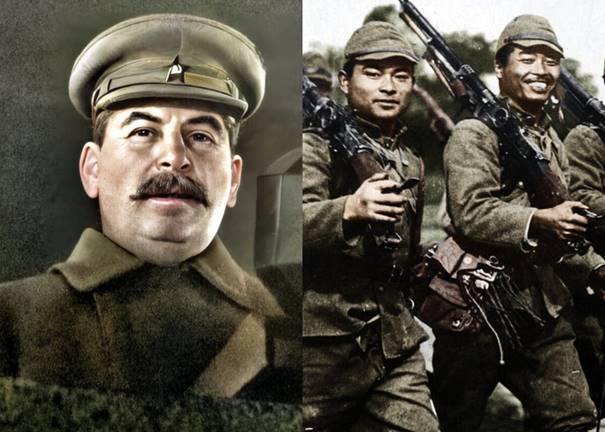
Otherwise, why did J. V. Stalin keep large forces in the Far East even at the decisive moments of the Great Patriotic War?
And so, it’s the autumn of 1940. Japan has already been defeated in the border conflict at Khalkhin Gol. In addition, the Non-Aggression Pact between the USSR and Germany confused the Japanese.
In general, there was a complex “diplomatic dance with a tambourine” around the conclusion of the Soviet-Japanese neutrality pact.
The Japanese ambassador to the USSR, former General Yoshitsugu Tatekawa, rather brazenly declared to the Soviet People’s Commissar for Foreign Affairs Vyacheslav Mikhailovich Molotov in a conversation on November 21, 1940: sell us Northern Sakhalin. After all, at one time, the Russians sold Alaska to the United States, which had a positive effect on Russian-American relations.
The fact is that one of the central conditions of the Soviet side for the conclusion of a neutrality pact with Japan was the “curtailment” of Japanese concessions in Northern Sakhalin.
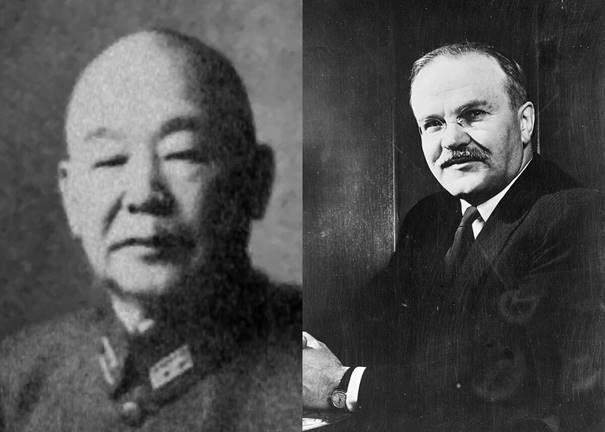
Yoshitsugu Tatekawa and Vyacheslav Mikhailovich Molotov.
V. M. Molotov quickly put forward a “counter-proposal”: let Japan sell Southern Sakhalin and the Kuril Islands to the USSR. The Peace of Portsmouth was unfair, everyone knows that.
Tatekawa was upset and hinted that the USSR had got Japan bogged down in China (which, in general, was not far from the truth to a certain extent).
Molotov, on the other hand, took the conversation in a different direction, noting that the territorial question was not so urgent for the USSR.
The Neutrality Pact between the USSR and Japan was concluded in April 1941 and provided, among other things… the liquidation of Japanese concessions within a few months.
But here’s the problem: in June 1941, Hitler’s Germany attacked the USSR. Of course, it was now in the interests of the Soviet leadership to preserve peace on the eastern borders at all costs.
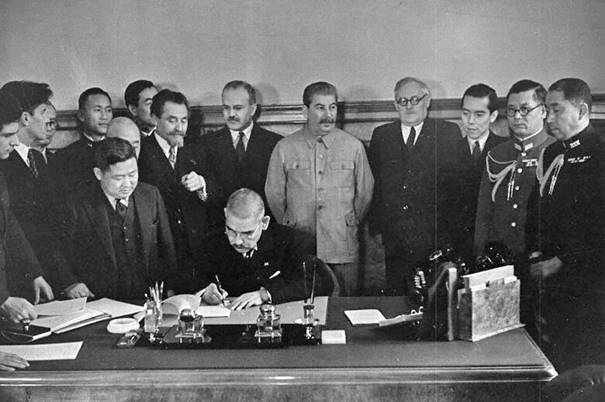
Signing of the Neutrality Pact between the USSR and Japan.
So the liquidation of Japan’s oil concessions in Northern Sakhalin dragged on until March 1944. However, in practice, the Soviet side decided to liquidate the Japanese concessions as early as 1943.
This concession story allowed Stalin’s USSR to exert pressure on both Japan (which needed any fuel) and the United States (which, on the contrary, was interested in “cutting off oxygen” to the Japanese). Well, in order for Japan not to decide on a military adventure in the north, the USSR kept large forces of the Red Army in the Far East, throughout the Great Patriotic War…
